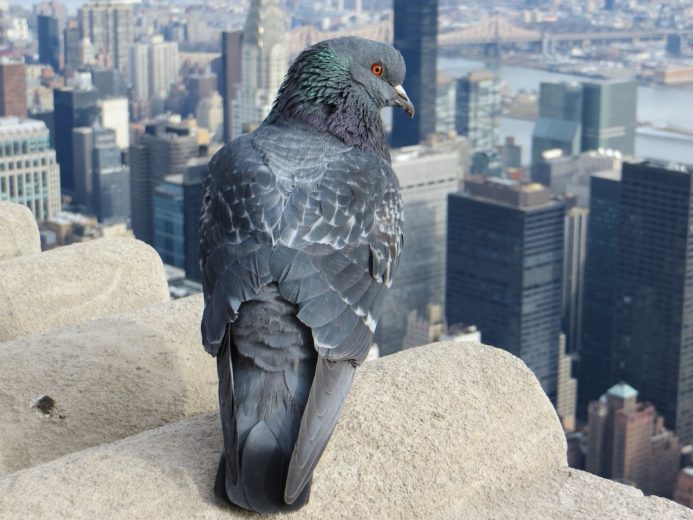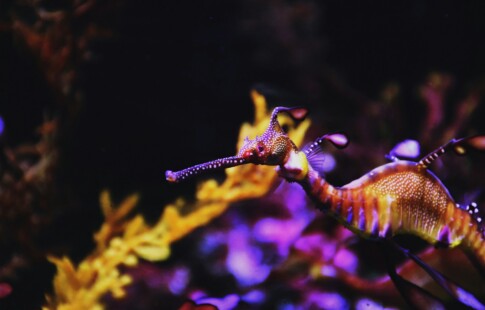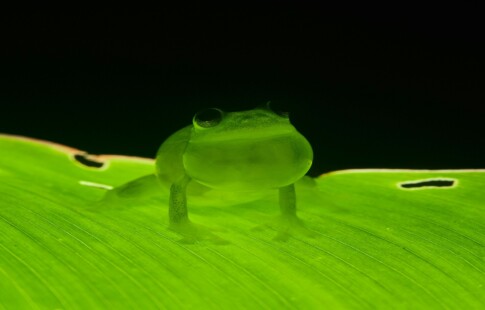
Why Can Some Animals Live in Urban Environments While Others Cannot?
We are reader-supported. When you buy through links on our site, we may earn affiliate commission.
It’s common today to see animals in urban environments. Squirrels, opossums, badgers, foxes, otters, monkeys, birds and insects live happily various cities around the world. Other species, though, just can’t seem to make it in the big city. Researchers have noticed this and have begun identifying characteristics that make some animals better than others at living in urban areas.
Adaptability
One of the overarching themes in the differences between those that thrive in cities and those that don’t is adaptability. Cities are quite different from animals’ natural habitats, and animals need to be able to adjust to these environments to survive. Cities also change rapidly. Buildings go up, roads get paved and plants get cut down all the time. Animals need to be able to adjust quickly to these changes in their habitats. Scientists have discovered that city living is actually altering the brains and behavior of animals. Species are not only adapting in the short term, but they’re also evolving as a species to thrive in urban environments.
Generalists
Animals that are generalists — that is, they don’t need highly specific things to survive — are better at adapting to urban environments. Food sources in cities can vary dramatically from day to day as new things are imported and people vary their diets. For this reason, animals that eat a wide range of foods survive better. Other features change frequently in cities as well. Habitats are altered, new species are introduced and people’s attitudes toward animals can change rather quickly.
Non-Native Food Sources
Cities are often havens for non-native species that wouldn’t find what they need in the natural habitats outside of the cities they live in. That’s because people import and export a higher volume of items into and out of cities than in the countryside. Plants that people import and use for decorative purposes feed non-native insects that often hitchhike their way into the city on these plants themselves. Non-native animals may just find that they prefer the availability of non-native food sources available in cities.
Intelligence
All of this adapting requires a lot of intelligence to pull off. Studies have confirmed that animals with bigger brains relative to their body size are more likely to be successful in cities. Researchers at a university in Sweden conducted a study of 82 different species of birds and found the ones with larger brains, such as crows and wrens, were better city dwellers. This is also true with very similar species. Another research project found that white-footed mice and meadow voles that lived in cities had bigger brains than those that lived outside of urban areas.
Warmer City Environments
Because the man-made surfaces in cities absorb heat better than natural surfaces, cities are generally hotter than other nearby areas. This is often referred to as the “heat island effect.” For this reason, animals that prefer warmer climates tend to do better in cities. Those who don’t do well with higher temperatures typically can’t survive. Sometimes, these heat-loving species are non-native ones that come from warmer climates.
Agility
Another feature of successful city dwellers has to do with their physical abilities. Urban areas contain lots of strange obstacles, such as fences and buildings. In order to get around, animals need to be able to comfortably climb these barriers. Agility can also be crucial to finding food that’s lying in trash cans, dumpsters or other receptacles. Animals may also need to climb over or around obstacles to avoid roads and other dangerous areas.
Less Competition
Some animals thrive in urban environments because the species they typically compete with don’t. If their predators or other animals that eat the same things as them aren’t around, there’s less danger or competition for food. This leads to spikes in these species’ populations and encourages them to stick around the cities where life is easier for them. Urbanization is changing the environment as well as the ways animals live. As urban environments expand, wildlife is adapting, often out of necessity. As this continues, which it likely will, highly adaptable species will have some advantages over those that can’t change their lifestyles as readily.
Share on
Like what you read? Join other Environment.co readers!
Get the latest updates on our planet by subscribing to the Environment.co newsletter!
About the author

Jane Marsh
Starting from an early age, Jane Marsh loved all animals and became a budding environmentalist. Now, Jane works as the Editor-in-Chief of Environment.co where she covers topics related to climate policy, renewable energy, the food industry, and more.





